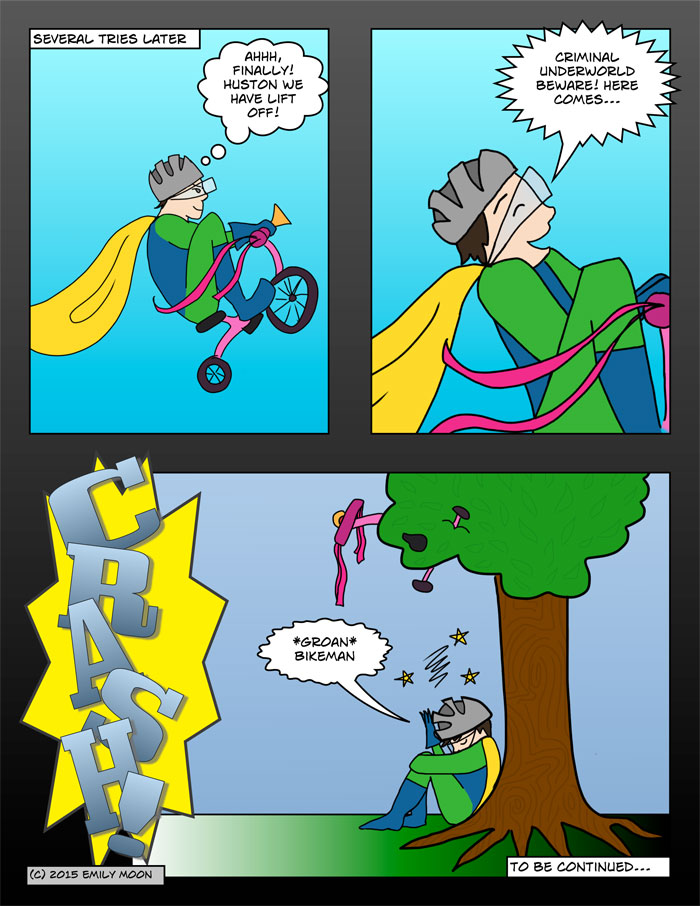“There’s a myth in most cultures about following your dreams. It’s called the hero’s journey. But I prefer a different myth, that’s slightly to the side of thator underneath it. It’s called the misfit’s myth. And it goes like this: even at the moment of your failure, right then, you are beautiful. You don’t know it yet, but you have the ability to reinvent yourself endlessly. That’s your beauty.” — Lidia Yuknavitch
Lidia Yuknavitch has combined two of my favourite Life Outside the Box themes, the hero’s journey and failure, into one deeply moving TED talk entitled, The beauty of being a misfit. She reveals how growing up with an abusive family, coping with traumatic circumstances and tremendous grief after death of her infant set her on a life path of trial and error, grit and perseverance. Over many years, ultimately through a failure by failure process of discovery, Ms. Yuknavitch began to believe in herself, find her voice and write her story. Her TED talk and story is a helpful discussion starter because it holds important lessons for parents, youth advocates, and mature youth who wish to examine, not only the cycles of addictions, poor choices, failed attempts, but also, the importance of wise mentors, brave moments of accepting help, and the fierce will to keep trying.
Ms. Yuknavitch’s begins her talk by saying her favourite word is “misfit.”
I love this word because it’s such a literal word,” she says. “It means a person who missed fitting in. A person who fits badly.
For those of us who have felt the pain or loneliness of not fitting in, Ms. Yuknavitch provides a healing mirror for us to see ourselves reflected back as beautiful, in process, and growing. In this transformative reflection we can see our “not fitting in” as a blessing (because we are more than the average) and an invitation to search for, re-cognize, re-create, and declare our true selves.
“You can be a drunk, you can be a survivor of abuse, you can be an ex-con, you can be a homeless person, you can lose all your money or your job or your husband or your wife, or the worst thing of all, a child. You can even lose your marbles. You can be standing dead center in the middle of your failure and still, I’m only here to tell you, you are so beautiful. Your story deserves to be heard, because you, you rare and phenomenal misfit, you new species, are the only one in the room who can tell the story the way only you would. And I’d be listening.” — Lidia Yuknavitch
Credits:
- Image #1 retrieved from http://blog.ted.com/lidia-yuknavitch-tells-her-story-at-ted2016/
- Image #2 retrieved from http://www.ted.com/speakers/lidia_yuknavitch
















 I asked artist and graphic designer,
I asked artist and graphic designer, 
